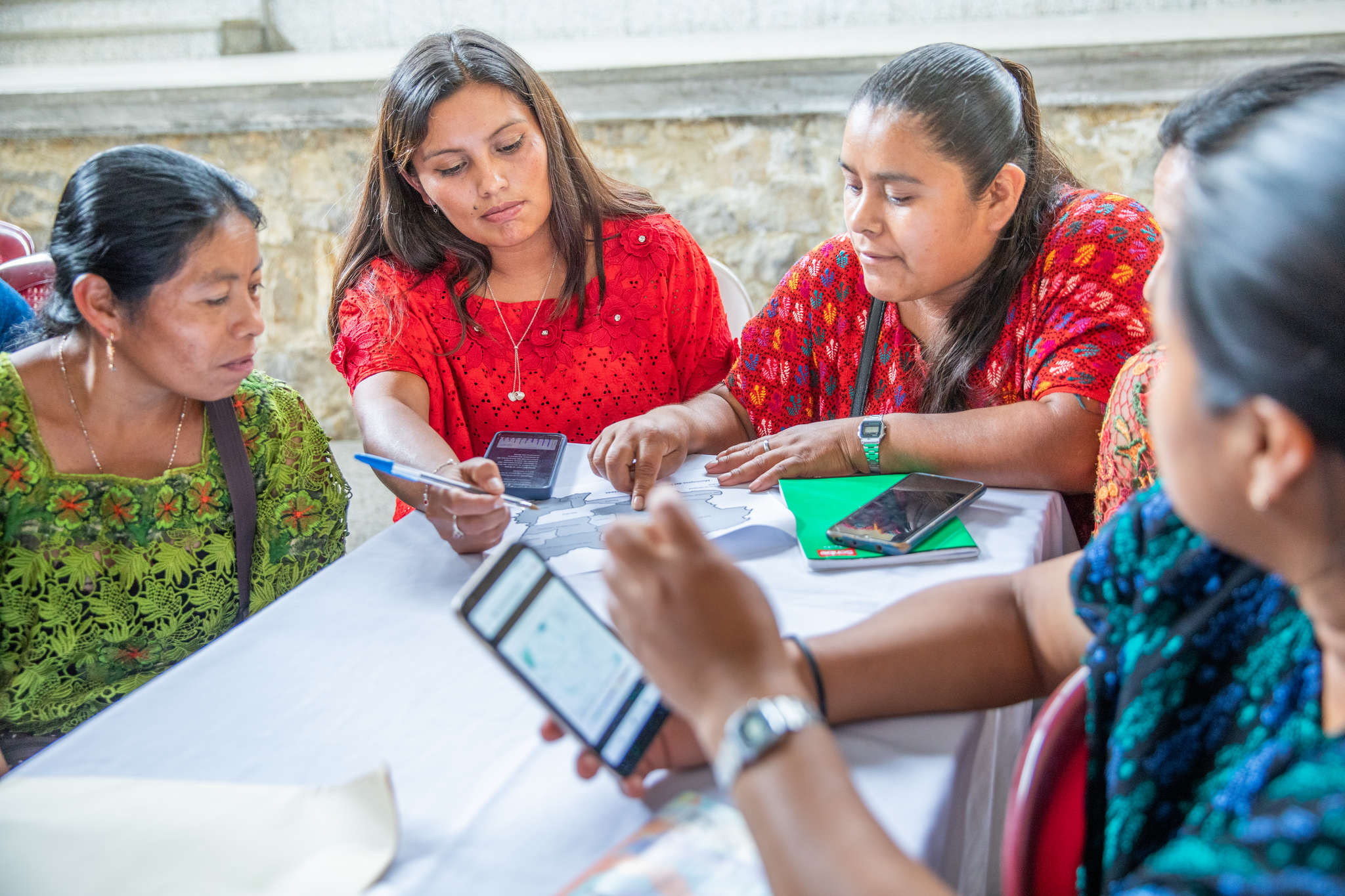A technology with untapped promise

The technology of remote and satellite imaging offers the promise of information and insights that were unimaginable even a few years ago. Our ability to see in higher resolution and with a greater variety of sensors than ever before places us in a golden age of remote sensing. The technology bears the potential to help transform the planning and implementation of emergency response programming, to make better programming decisions, to inform planning, and to give project participants themselves more information and agency. In practice, however, it has been frustratingly difficult to deliver on this promise. While better targeting, improved access, improved availability of information, insights, engagement and influence remain a tantalizing goal, actual results to date have fallen short of realizing the full potential.
Mercy Corps has conducted several pilots with satellite imagery, and while each pilot has had successful elements, a core learning is that without all of the elements in place to make a technology solution work to support workflows, the expected benefits cannot be delivered.
Environmental and technical constraints
We tend to assume that satellite technology can see anything, at any time — but in truth there are very real limits that time of day (or night), weather (especially moisture and cloud cover), and topography impose. While we usually have some ability to influence when images are collected, there is no guarantee that a particular time-slot will be available on a specific satellite, or that the satellite will be able to see the feature that we are interested in at the available time. At night, or under heavy cloud cover, the satellite may miss the window, and have to wait until the next pass to try again.
Time and visibility constraints become more serious the more acute and time-sensitive the intervention is, and may vary by vendor. Being able to understand the capabilities and limits of the technology, the approaches and capacities of different vendors, and how to approach the right vendor with a precise enough description, is a skilled job. Working effectively requires a level of fluency with the technology and solid relationships with suppliers.
Also worthy of note: there are key areas of the technology itself that still have severe limitations. Across the board, it seems that the quality of algorithmic applications available through partners tends to be fail to achieve the reliability needed for some applications. For example, in a Mercy Corps’ pilot in Lombok, the ground water identification algorithm was unable to identify ground water that was clearly visible to the naked eye. Our peer organizations have also reported that ad hoc application of algorithms has not been consistently successful for them.
Agency capacity and product design
As the algorithm challenges help demonstrate, sourcing imagery is not the same thing as acquiring intelligence that can be used to make better programming decisions. Simply making images, tools, or even analysis and insights, available to responders (or program participants) does not automatically lead to better or faster decision making or programming. To make sure that satellite imagery is used effectively, agencies like Mercy Corps need to consider the links and dependencies between technology, training, and behavior change process; this is especially relevant in emergency response where teams often (and understandably) default to ‘what they know’ under pressure of time and urgent need.
Working with imagery in conflict affected or otherwise sensitive environments can also raise the stakes for issues of safeguarding and privacy — the same analysis that would enable aid agencies to better assist populations could also be used to target them in various ways.
Partnerships
The process of designing a product that solves a problem or changes a workflow for emergency teams is often complex and time consuming, requiring multiple rounds of questioning and ‘translation’ between the groups involved. Non-technical team members often have trouble describing an issue to a vendor in ways that the vendor can implement.
Information products, whether they pivot on satellite imagery or not, should be worked out in advance to avoid the contextualization and design back and forth that can result in delay, and must also focus on having a predictable deliverable that teams can plan against and budget for. Both of these issues point to the importance of establishing long-term relationships with vendors who can understand humanitarian operations and challenges.
A major learning relevant to all of these issues is that there is a need to focus on long-term partner development and experiment outside of time-bound emergencies with both algorithms and tools that add value to Mercy Corps’ common data needs. Designing tools that have broad usefulness across a range of situations will help ensure that the tools we have are well supported and understood.
In general, products should not be developed in emergency environments, or deployed in them until thier functionality and reliability has been demonstrated elsewhere. When products are tested or developed in highly challenging environments it is often difficult to evaluate whether a project’s failure to thrive is to do with the technology, the environment, or the inadequate time and attention typically available in these contexts.
Learnings
At the very least, to make effective use of this technology we must:
- Understand the current workflow, and the problem that is being solved with satellite imagery or other technology.
- Identify a supplier who has the expertise to deliver what is needed, and negotiate timely and affordable access to imagery before we need it.
- Work with users and designers to design, build, and test a product.
- Deliver, train, and support the rollout of the product to users, and monitor uptake, feeding back issues and improvements to an iterative support and maintenance process.
While many of these learnings are not unique to the context of satellite imagery — they are often issues in any new technology trial for our teams — the experience gained from our most recent trials in this space underline the need for disciplined approach to integrating new technologies in the field context.



